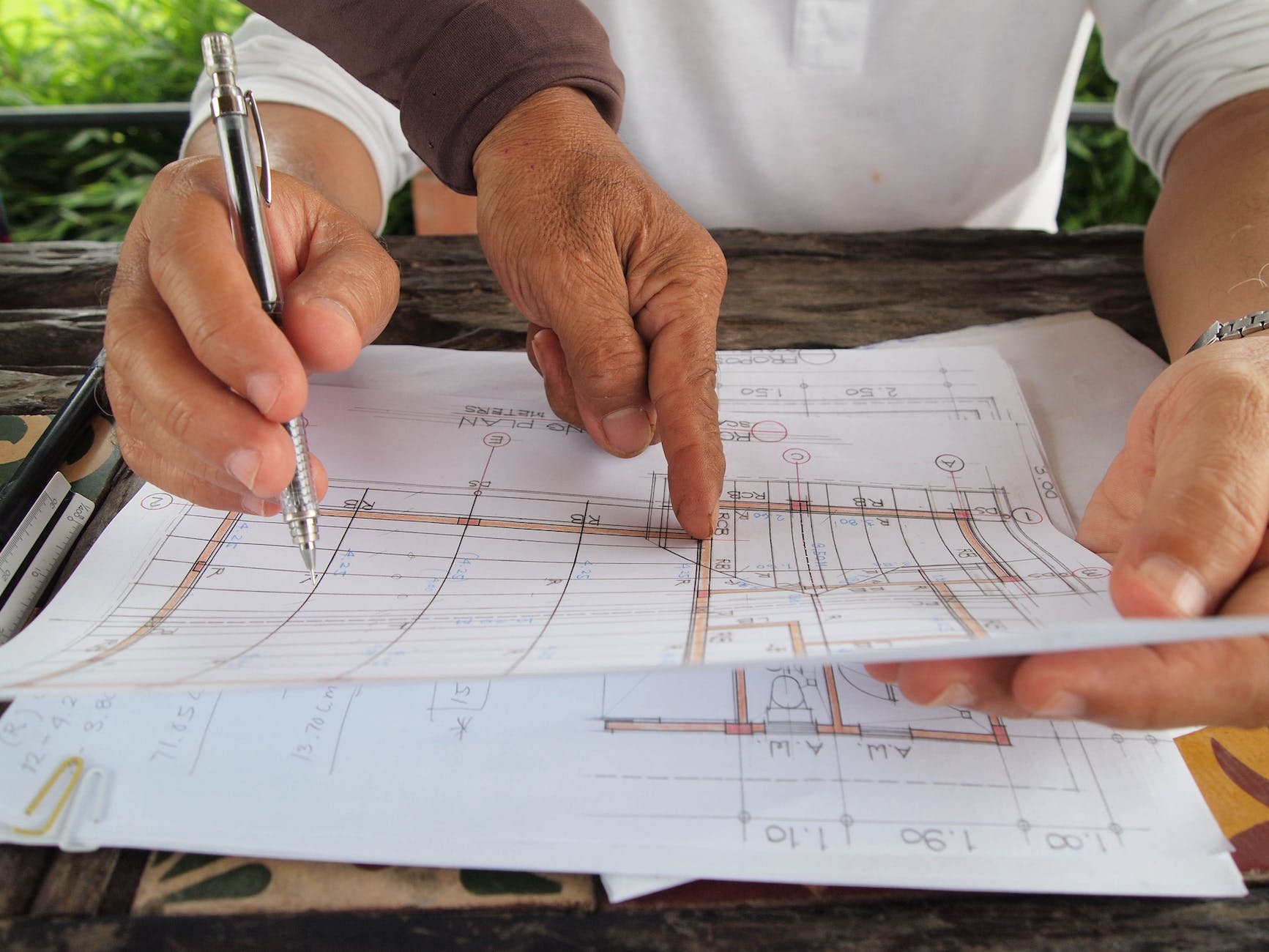
Emergency Response Planning: Ensuring Safety in Times of Crisis
Emergency Response Planning : In today’s unpredictable world, emergency situations can arise at any moment. Whether it’s a natural disaster, a medical emergency, or a sudden crisis in your community, having a well-thought-out emergency response plan is essential. In this article, we will delve into the importance of emergency response planning, the key elements of an effective plan, and how individuals and organizations can prepare themselves for unforeseen events.
Introduction
Emergency response planning is not a luxury; it’s a necessity. In a world where disasters, both natural and man-made, can strike unexpectedly, being prepared can make all the difference. An effective emergency response plan can save lives, protect property, and ensure the swift recovery of communities.
Understanding Emergency Response Planning
Emergency response planning encompasses a set of coordinated strategies and actions designed to mitigate the impact of crises. It involves identifying potential risks, developing protocols for response and recovery, and ensuring that resources are available when needed most.
The Importance of Preparation
Preparation is the cornerstone of effective emergency response. It reduces panic, minimizes damage, and accelerates recovery. By having a well-defined plan in place, individuals and organizations can respond swiftly and efficiently to any emergency situation.
Key Components of an Emergency Response Plan
4.1. Risk Assessment and Vulnerability Analysis
Before crafting a response plan, it’s essential to identify potential risks and vulnerabilities. This involves analyzing the types of emergencies that could occur and assessing their potential impact.
4.2. Clear Communication Protocols
Communication is vital during a crisis. An effective plan should outline clear communication channels and methods, ensuring that information flows seamlessly between stakeholders.
4.3. Resource Allocation
Proper allocation of resources, such as medical supplies, food, and personnel, is crucial for an efficient response. A well-organized plan specifies how these resources will be distributed.
4.4. Training and Drills
Regular training and drills help ensure that everyone knows their role during an emergency. Practice builds confidence and familiarity with the plan’s procedures.
Creating an Individual Emergency Response Plan
5.1. Identifying Personal Risks
Individuals should assess their specific risks based on location and personal circumstances. This includes considering factors like weather, geographic location, and health conditions.
5.2. Emergency Kit Essentials
Every individual should have an emergency kit containing essential items like water, non-perishable food, a flashlight, and first aid supplies.
5.3. Communication with Loved Ones
Establishing a communication plan with family and friends is vital. Knowing how to contact loved ones during an emergency provides peace of mind.
Organizational Emergency Response Planning
6.1. Business Continuity
Organizations must ensure that their operations can continue even in the face of disruptions. This involves having backup systems and contingency plans in place.
6.2. Employee Safety
Protecting employees is a top priority for businesses. Plans should address employee evacuation, safety training, and emergency contact information.
6.3. Community Engagement
Businesses can play a significant role in supporting their communities during emergencies. Partnerships with local organizations can enhance the effectiveness of response efforts.
Government and Community Involvement
7.1. Local Government Initiatives
Local governments play a pivotal role in emergency response planning. They establish emergency management agencies and provide critical resources.
7.2. Community Emergency Response Teams (CERT)
CERT programs empower community members to assist first responders during emergencies. Training is provided to enable volunteers to lend a helping hand.
Technology’s Role in Emergency Response
8.1. Emergency Alert Systems
Modern technology, such as mobile alerts and sirens, can rapidly disseminate crucial information to the public during emergencies.
8.2. GPS and Mapping Tools
Geospatial technology helps responders pinpoint affected areas and allocate resources more effectively.
Lessons from Past Emergencies
9.1. Case Studies
Studying past emergencies provides valuable insights into what works and what doesn’t. Real-world examples inform improvements in response plans.
9.2. Adaptation and Improvement
Emergency response plans should be dynamic and adaptable. Regular reviews and updates are essential to account for evolving risks and technologies.
The Human Factor
Never underestimate the power of human resilience and solidarity during crises. Communities that come together and support one another often recover more quickly.
Conclusion
Emergency response planning is not just a theoretical exercise; it’s a practical necessity. By taking the time to prepare and by following the key principles outlined in this article, individuals and organizations can significantly enhance their ability to respond effectively to emergencies.
Subcontractor Safety Management
FAQs
- How often should I update my individual emergency response plan?It’s a good practice to review and update your plan annually or whenever there are significant changes in your circumstances or location.
- Are there government resources available to help with emergency planning?Yes, most governments provide resources and guidance on emergency planning. Check with your local emergency management agency for more information.
- What should be in my emergency kit besides the basics mentioned in the article?Consider including important documents, cash, prescription medications, and any special items needed for infants, seniors, or pets.
- Can businesses receive assistance in developing their emergency response plans?Absolutely. Many organizations and consultants specialize in helping businesses create tailored emergency response plans.
- How can I get involved in a Community Emergency Response Team (CERT)?Contact your local CERT program coordinator or visit their website to find information on training and volunteer opportunities.
























